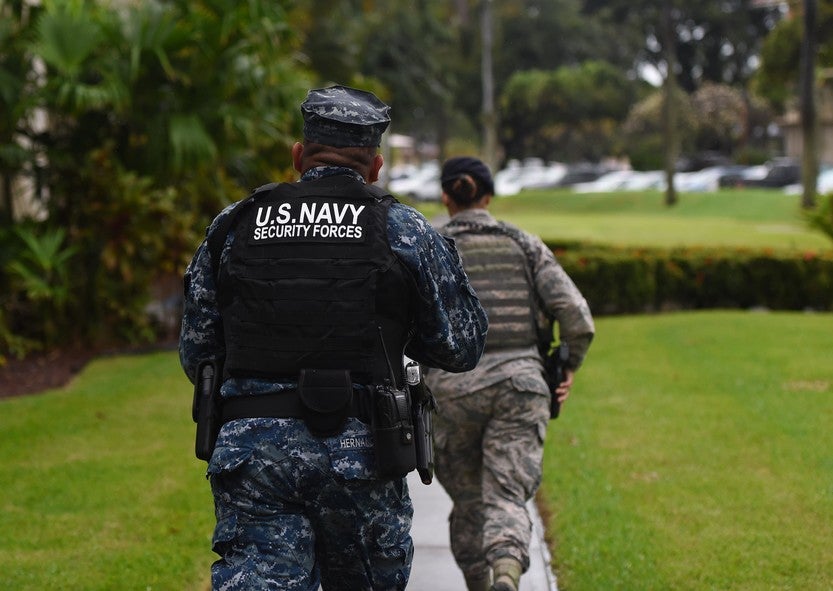US Navy Adopts New Body Armour for Naval Security Forces
The US Navy has will soon begin testing of its latest body armour, the Naval Security Forces Vest. The Navy awarded KDH Defense Systems, Carter Enterprises and Applied Fiber Concepts a $30.4 million contract on February 7.
The five year indefinite delivery/indefinite quantity contract will see the Navy order as many as 51,000 vests. The new vest “consists of a base vest and modular components for tailoring protection levels to defeat multiple ballistic and fragmentation hazards while performing security and Anti-Terrorism/Force Protection,” according to a press release from Applied Fiber Concepts and their affiliate Propper International.
With the first year’s order confirmed their is an option for a further four year contract, the order will be completed among the three prime contractors. The new Naval Security Forces Vest features an outer carrier to be made by Propper while the yoke, collar and Level IIIA ballistic inserts will be made by Applied Fiber Concepts.
Propper’s Senior VP of Global Supply Chain Operations, Anderson Ward, said in a press release:
“We’re proud to partner with Applied Fiber Concepts, one of the industry’s most innovative ballistic protection providers. The sailors who wear this armor can perform their missions with confidence.”
The Navy is expected to place two to three orders a year, consisting of 2,000 to 5,000 vests a year, Alex Cejas, Applied Fiber Concepts’ owner explained.
The five-year agreement requires both companies to pass First Article Testing to maintain eligibility, according to the posted award notice. Michael Haynes, Vice President of business development for Applied Fiber Concepts, said in the press release.
“Providing advanced ballistic protection that can be configured to best fit the mission will allow the brave men and women responsible for keeping us safe to focus on their jobs and feel confident that they are protected.”
The new armour will be issued to sailors engaged in security duties and shipboard force-protection.

